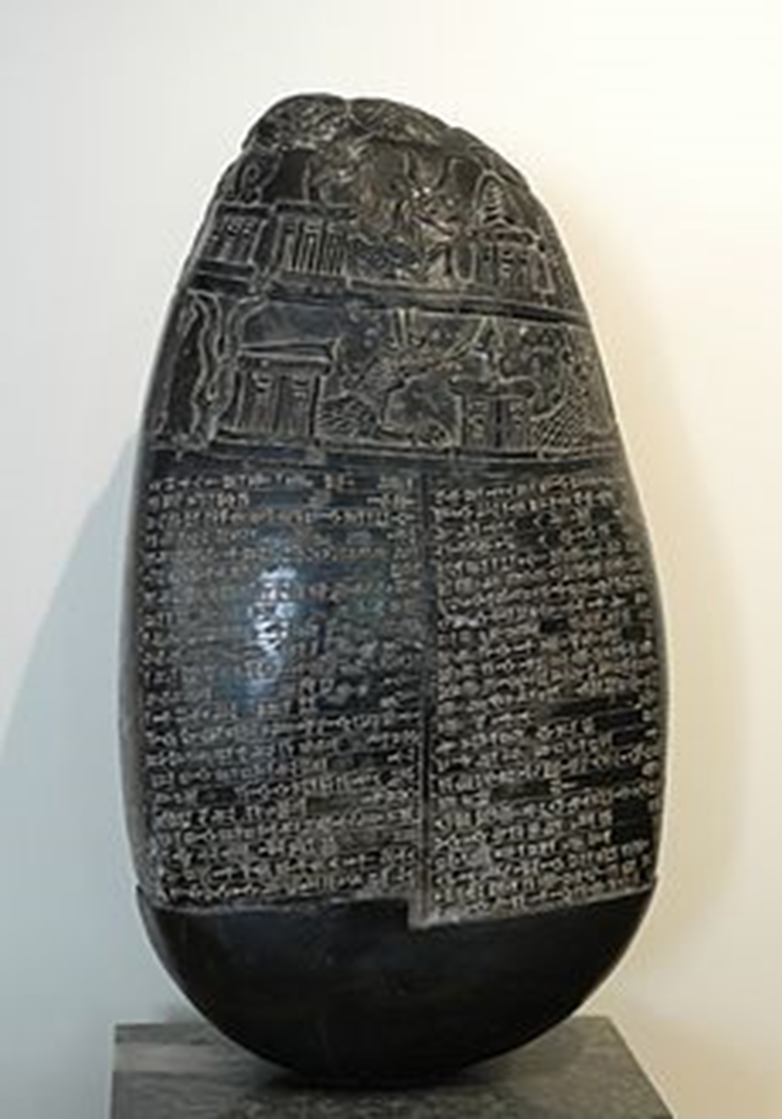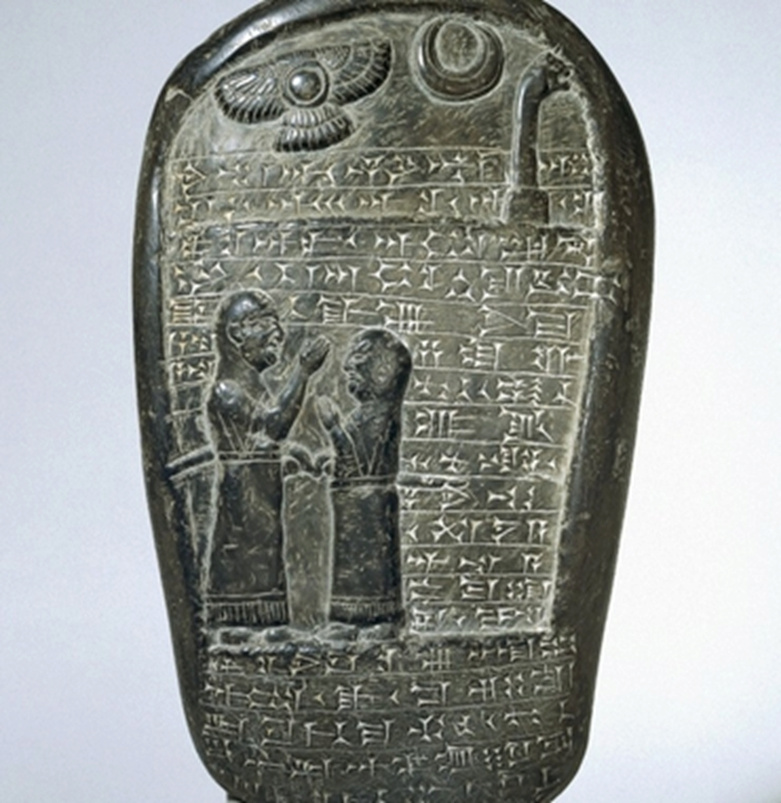Kudoro term

Koduro is a term of Quishi origin that describes both the border and the text, the stone document that defines the border.
The “Kuduru” was a type of stone document used as a boundary stone and as a record of land grants to vassals by the Kassites and later dynasties in ancient Babylon between the 16th and 7th centuries BC. The original was usually kept in a temple while the person to whom the land was granted was given. Clay copy to highlight as confirmation of legal ownership.
The name of the ruler who granted the land is:
The land was given to Gula-Eresh on the occasion of her marriage, and the witness to the granting of the land was an elite person with a high social status, and his name was: Amurru - Bel - Zeri.
The word kuduru was inscribed on stone monuments along with certificates of royal land ownership, which often contained a description of the stipulated area and thus also its boundaries. However, not all paintings name the king. The second part of the inscription contains curse formulas. At the top of the panels, there are usually symbols of the gods, but some stones also show the gift itself. The Akkadian name for these stones is naro na 4 nar 4 stele. . Kodori is traditionally interpreted as a boundary stone. As the inscriptions show, there were also naru that were part of the buildings. Some of these stones were built “in the eyes of the gods,” suggesting a consecration ceremony. Slanski argues convincingly for placing them in temples.

The symbolic boundary stone was of great value, so it was not out in the open, but kept in a safe place. They can be between 10 cm and 100 cm high, with the average height of the coduroat being about 50-60 cm, and usually bearing an inscription on the top. The length of the inscription ranges between 39 and 390 lines. In addition, the emblems of the gods were engraved, which were similar to the gods mentioned in the text. It was shaped like a monument, rounded at the top.
Note: This document “Kuduru” is located in the British Museum under the number: 90841.
Source: websites

